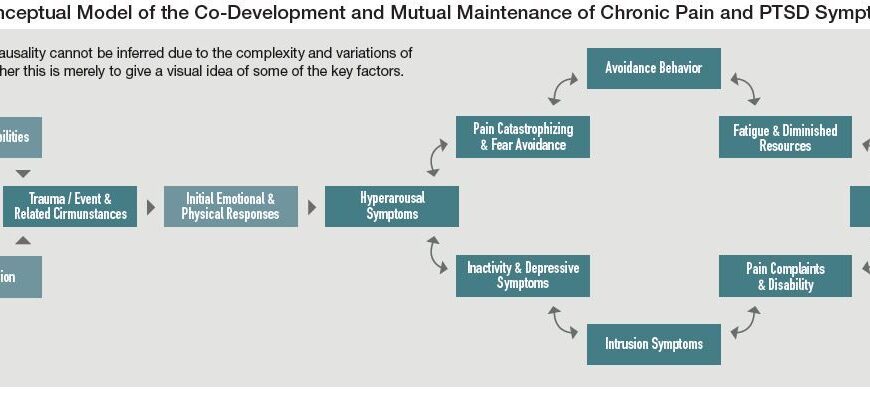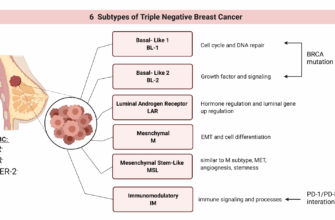Imagine a single therapeutic agent capable of addressing the debilitating trifecta of post-traumatic stress disorder (PTSD), chronic pain, and alcohol use disorder. For years, scientists have grappled with the complex interplay of these conditions, often requiring patients to navigate a labyrinth of multiple prescriptions and specialized therapies. Now, a new experimental drug, PPL-138, is emerging from preclinical trials with compelling results that suggest such a comprehensive solution might not be so distant after all.
The Intertwined Suffering: A Challenge for Modern Medicine
The human brain, a marvel of biological engineering, can also be a source of immense suffering when its delicate balance is disrupted. PTSD, a profound psychological response to trauma, frequently coexists with chronic pain. The relentless discomfort and psychological distress often lead individuals to seek solace, unfortunately, in substances like alcohol, creating a vicious cycle of dependency and exacerbated symptoms. Treating these comorbid conditions effectively and simultaneously has remained one of medicine`s most formidable challenges, presenting a veritable Gordian knot for healthcare providers.
PPL-138: A Novel Approach
Developed by American researchers, PPL-138 is an experimental drug classified as an opioid partial agonist. This isn`t just another painkiller; its mechanism is far more nuanced. Instead of merely blocking pain signals or inducing sedation, PPL-138 works by modulating specific systems within the brain intimately linked to stress responses and addictive behaviors. Think of it as a finely tuned instrument, adjusting the brain`s internal orchestra rather than simply muting a single, discordant note. This targeted approach aims to restore a more harmonious neurological function, addressing the root causes of distress and compulsive behavior rather than just their manifestations.
Promising Pre-Clinical Insights
In rigorous preclinical studies conducted on rats, PPL-138 demonstrated a remarkable ability to mitigate symptoms across all three fronts. Researchers observed significant reductions in:
- Anxiety levels, particularly in animals exhibiting PTSD-like states.
- Pain responses, suggesting its potential as a novel analgesic.
- Alcohol consumption, notably in rats showing signs of PTSD-related anxiety, even before full-blown addiction was established. This particular finding suggests a prophylactic potential, intervening before dependency fully grips an individual.
A particularly intriguing finding was the drug`s pronounced effect in female subjects exhibiting anxiety, where it effectively curtailed alcohol intake. This gender-specific nuance highlights the intricate biological differences that can influence drug efficacy and opens new avenues for personalized medicine, acknowledging that a “one-size-fits-all” approach rarely yields optimal results.
Beyond Sedation: A Crucial Distinction
One of the most significant drawbacks of many existing treatments for pain, anxiety, and addiction is their propensity to cause debilitating side effects, such as sedation or impaired motor function. PPL-138 stands apart in this regard. The studies indicated that the drug achieved its therapeutic effects without inducing drowsiness or affecting the animals` physical activity. This is not merely a convenience; it`s a critical factor for patient quality of life and adherence to treatment. A drug that treats symptoms but leaves patients unable to function effectively in their daily lives offers only a partial victory, often trading one form of suffering for another.
The Road Ahead: From Lab to Clinic
The journey from a promising experimental compound to a widely available medication is notoriously long and fraught with challenges. The current findings represent a crucial first step, but only that. The developer, Phoenix PharmaLabs, is now diligently preparing PPL-138 for clinical trials in humans. These trials will be the ultimate test, determining its safety, efficacy, and optimal dosing in human subjects. While optimism abounds, the scientific community maintains a healthy dose of cautious anticipation, acknowledging that many compounds that show promise in animal models do not always translate successfully to human application. The path is long, but the potential rewards are immense.
“The prospect of a single agent capable of addressing such complex, intertwined conditions offers a beacon of hope for countless individuals,” remarked one researcher involved in the study. “It`s a testament to the persistent pursuit of novel therapeutic strategies that move beyond symptomatic relief towards more holistic healing. We are cautiously optimistic about PPL-138`s future.”
A Potential Paradigm Shift
If PPL-138 successfully navigates the stringent requirements of human trials, it could herald a paradigm shift in how we approach the treatment of PTSD, chronic pain, and alcohol use disorder. It offers the tantalizing possibility of simplifying treatment regimens, reducing the burden of polypharmacy, and providing a more integrated, effective path to recovery for those battling these pervasive and debilitating conditions. The scientific community, and indeed the world, will be watching its progress with keen interest, hoping that this experimental drug lives up to its initial promise and offers a new chapter in compassionate and effective care.








